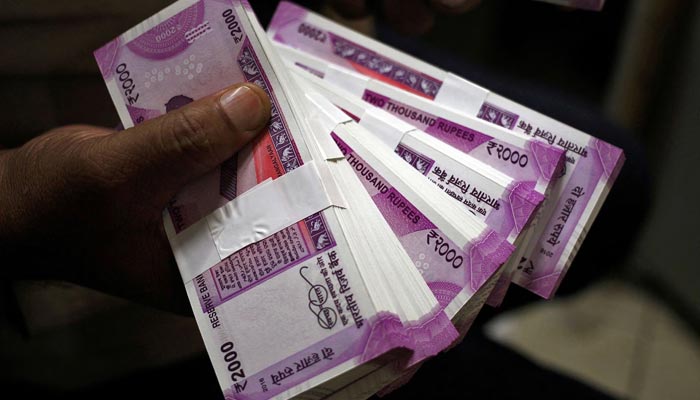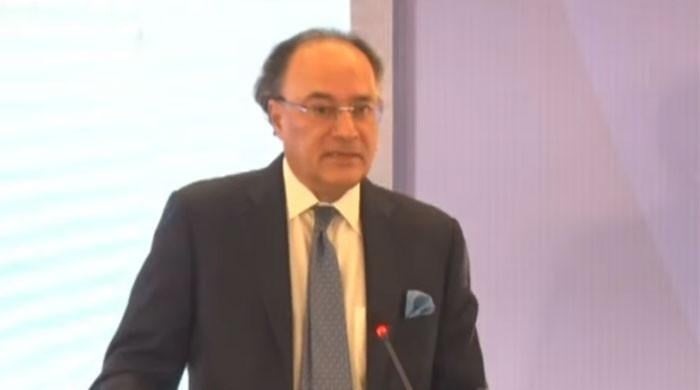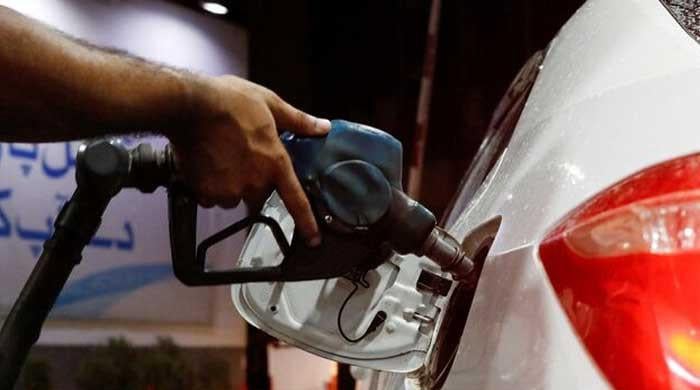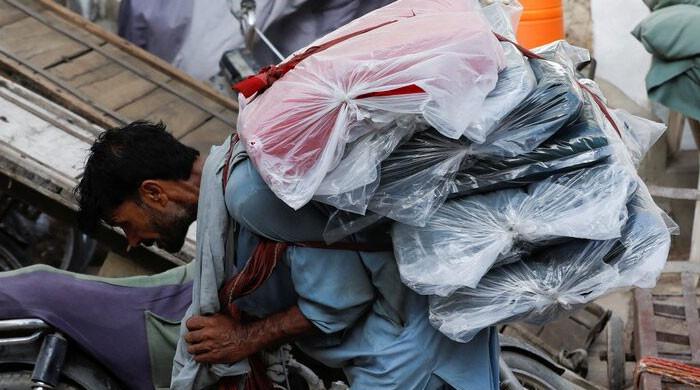Here's why India is withdrawing 2,000-rupee notes
People holding currency of INR 2,000 denomination can deposit them or exchange with other banknotes before Sept 30
May 21, 2023

The Reserve Bank of India (RBI) has asked the people holding INR 2,000 denomination to either deposit them or exchange with other banknotes before September 30 as the central bank has announced its plan to withdraw these notes, The News reported.
The RBI said banknotes of this denomination will continue to be legal tender which implies a consumer can purchase goods by these banknotes.
The RBI has not clarified the status of these notes after September 30. However, it has said that its instructions on the INR 2,000 notes will be effective until that date.
"The stock of banknotes in other denominations continues to be adequate to meet the currency requirement of the public," the RBI added in a statement.
The 2000-rupee notes were introduced in November 2016, after withdrawal of legal tender status of all INR 500 and 1,000 banknotes by the Narendra Modi-led government. The government had withdrawn 86% of the economy’s currency in circulation.
The demonetisation of INR 500 and 1,000 notes had rattled the banking system as Indians flocked bank branches and ATMs to get their notes exchanged to legal tender. This sudden move left many citizens in anger at the abruptness of the move.
When 2000-rupee notes were introduced, they were intended to replenish the Indian currency in circulation quickly after demonetisation. However, the central bank has frequently said it wants to reduce high value notes in circulation and had stopped printing INR 2,000 over the past four years.
While the central bank did not specify the reason for the timing of withdrawal, analysts point out it comes ahead of state and general elections in the country when cash usage typically spikes.
Most of India's political parties are believed to hoard cash in high denomination bills to fund election campaign expenses to get around tough spending limits imposed by the Election Commission.
The value of 2,000-rupee notes in circulation is 3.62 trillion Indian rupees ($44.27 billion). This is about 10.8% of the currency in circulation.
The printing of 2,000 denomination notes was stopped in 2018-19, and they are no longer commonly seen with the public — unlike the ubiquitous INR 500 and 1,000 in 2016.











